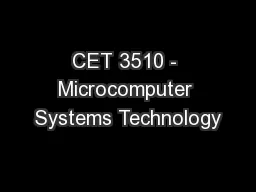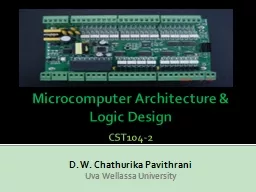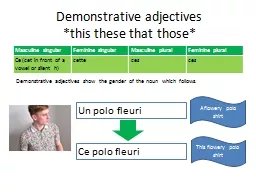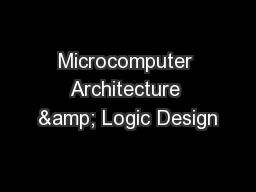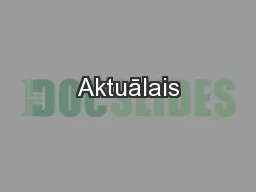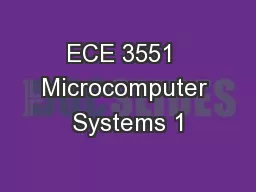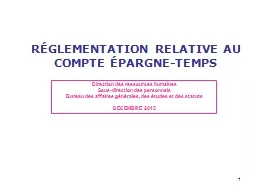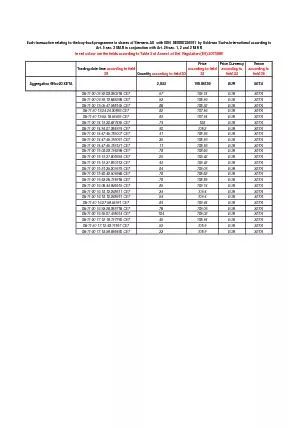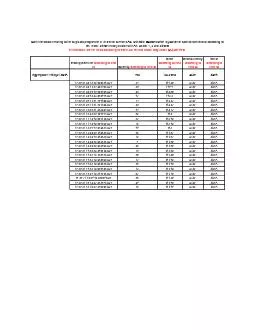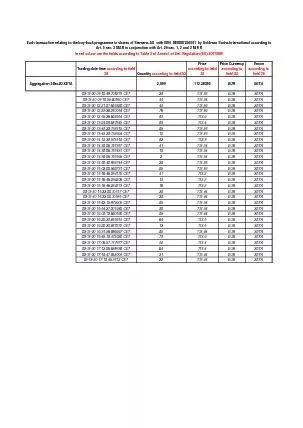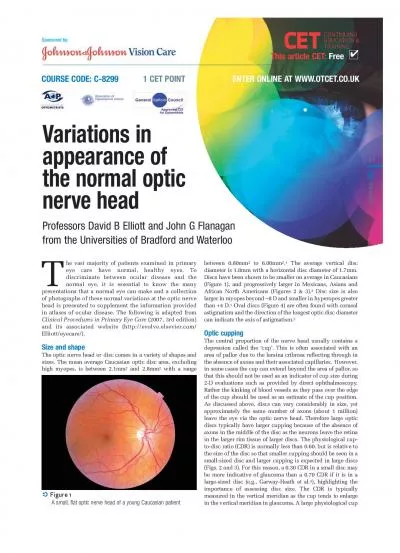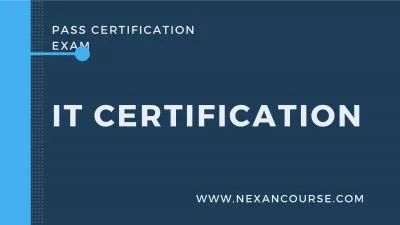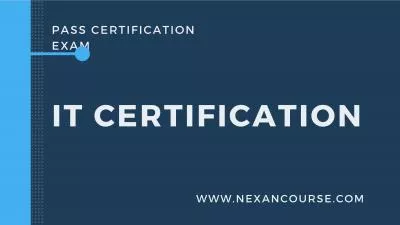PPT-CET 3510 - Microcomputer Systems Technology
Author : giovanna-bartolotta | Published Date : 2018-11-25
Lecture 6 Dr José M Reyes Álamo 1 Review Statement Labels Unconditional Jumps Conditional Jumps Outline A low level control structure usually transfers control
Presentation Embed Code
Download Presentation
Download Presentation The PPT/PDF document "CET 3510 - Microcomputer Systems Technol..." is the property of its rightful owner. Permission is granted to download and print the materials on this website for personal, non-commercial use only, and to display it on your personal computer provided you do not modify the materials and that you retain all copyright notices contained in the materials. By downloading content from our website, you accept the terms of this agreement.
CET 3510 - Microcomputer Systems Technology: Transcript
Download Rules Of Document
"CET 3510 - Microcomputer Systems Technology"The content belongs to its owner. You may download and print it for personal use, without modification, and keep all copyright notices. By downloading, you agree to these terms.
Related Documents

